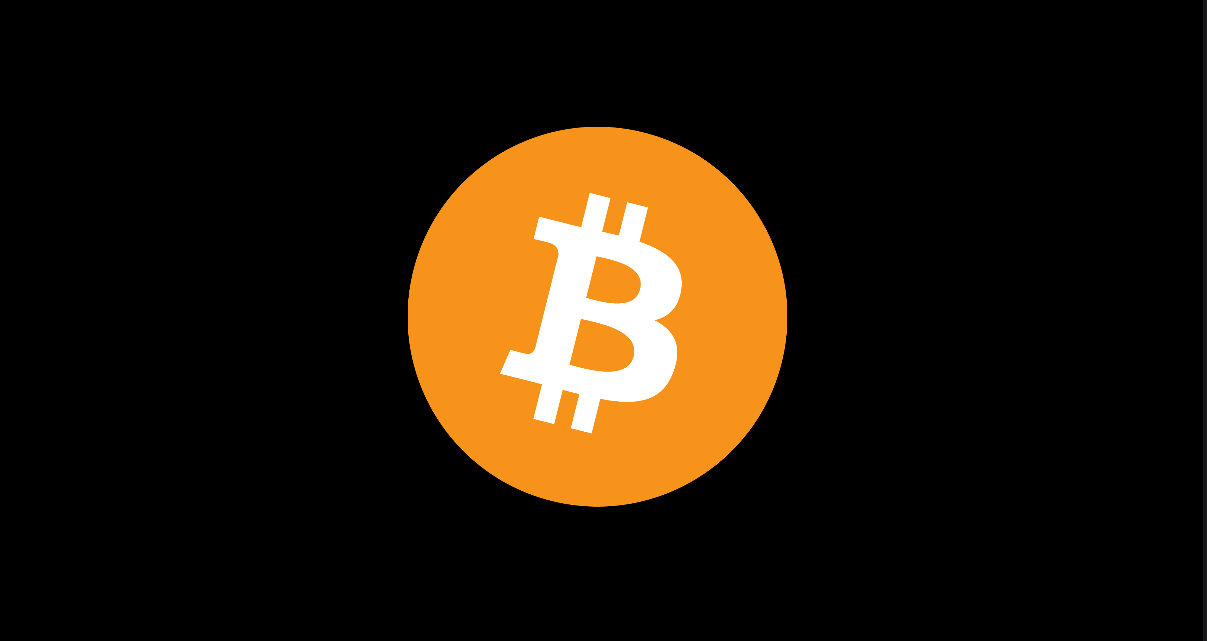Trump, Bitcoin, and the Future of the Dollar – Analysis by Carla Norrlöf

In a move to establish dominance and secure a first-mover advantage, US President Donald Trump issued an executive order on March 6, 2025, creating a “digital gold” Bitcoin reserve. This reserve will be funded with seized BTC by federal law enforcement. With the fixed supply of BTC at 21 million coins, the administration aims to position the US as a major holder of this emerging store of value. However, relying solely on seized BTC may not be sufficient to achieve the desired scale, prompting potential purchases from the open market.
The Trump administration’s decision reflects a broader trend among governments worldwide considering BTC as a reserve asset. Notably, Brazil is contemplating legislation that would compel the central bank to accumulate BTC until it constitutes 5% of the country’s reserves. Meanwhile, Bhutan, El Salvador, and Hong Kong are also making strategic moves to hold BTC reserves. Reports suggest that even China may be stealthily building a BTC reserve. The Swiss National Bank, however, has reservations about including BTC in its holdings due to concerns regarding volatility, liquidity, and security. This global shift towards BTC as a reserve asset poses challenges to the dominance of traditional currencies like the US dollar.
Increasing adoption of BTC could potentially reduce global demand for dollar reserves over the long term, endangering America’s status as the primary reserve currency. Should more countries and institutions opt for BTC over dollars, the US might lose its privilege of printing and borrowing at low interest rates. While recognizing BTC as a competitor, the US government must carefully balance endorsing the cryptocurrency while safeguarding the dollar’s hegemony.
In addition to the Bitcoin policy, the Trump administration is pursuing a reconfiguration of US trade policy by imposing significant tariffs on various countries and threatening more. These tariffs, notably on Chinese goods, have triggered market disruptions, with ongoing modifications and delays adding further uncertainty. The impact of tariffs varies across countries; Canada and Mexico, heavily reliant on the US market, face reduced exports and weakened currencies. In contrast, China’s diverse export base and controlled currency regime help counter the effects of US tariffs and support the renminbi. However, given the significant share of intermediate inputs from China in US production, tariffs translate to higher costs domestically, potentially inflating consumer prices.
The convergence of Bitcoin reserve establishment and stringent trade policies under the Trump administration underscores a crucial juncture in the global economic landscape. As governments worldwide navigate the evolving dynamics of reserve assets and trade relations, the future of traditional currencies, particularly the dollar, faces uncertainty amidst the increasing popularity of alternative stores of value like BTC.





